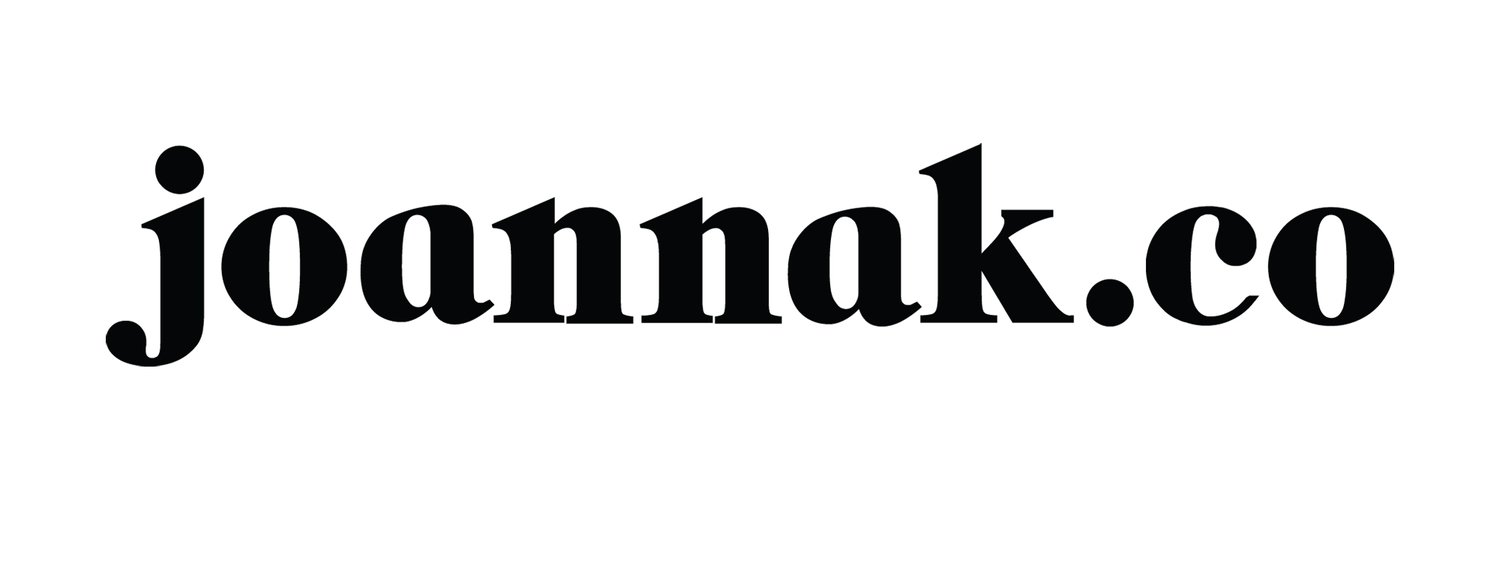Let's talk design - an interview by onmymind studio
I had the privilege of being interviewed by a fellow designer and industry friend, Pawel Lachowicz from onmymind.studio for his IG series about design that you can find here. To provide you with some background, Pawel has been involved in UX and UI design for over a decade now and has a studio that focuses on a wide range of services for the digital product industry. Below, I am posting the full interview, as the IG post will only allow for a summary of my answers.
Tell us about yourself. What is your background and experience?
My journey began at the university. I was studying fine art and was convinced that, despite my analytical mind, I would spend the rest of my life standing in front of an easel, searching for emotional vulnerability to paint or draw. Fortunately, during one particularly disappointing exhibition by one of our rectors, I had an epiphany that this was not for me. I realised I needed a craft and a real occupation that would utilise my skills and provide a stable income. I’ve been a graphic designer for nearly 20 years. Over that time, I’ve had the pleasure of working with a wide variety of companies, from one-person startups to well-established multinational corporations.
How do you understand branding?
Branding is a broad term because it encompasses not only the physical aspect of a company but also the emotional. If I were to draw a comparison, I would say it’s like a tuning fork for an orchestra, but its power also extends to the conductor, stage manager, light and sound engineers, and even the ticket office, as well as the experience, emotions, and memories the audience has.
In your opinion, what are the core elements of a strong brand identity?
This might sound a bit meta, but I would say there is one core element, and that is a deep understanding of the target audience and the brand itself.
From a more practical standpoint, it’s the system of elements that doesn’t stifle the creativity of the internal team but keeps all the materials consistent.
What role does storytelling play in branding?
Storytelling as a marketing tool has been discussed for some time now, and if done right, it is remarkably successful. It’s a way to engage with your audience on a more personal, I dare say, tribal level, creating emotional attachment and possibly a sense of belonging. This needs to be taken seriously and produced consistently, with honesty and passion.
This also means cultivating a proper relationship between marketing strategy, tone of voice, audience research, and design. Like I said before, it’s an orchestra of elements that need to play in unison.
Why is having a consistent brand important for a business?
If you don’t mind, I’ll quote my article: “Consistency creates a reassuring pattern and a sense of familiarity. This repetition in how you present yourself – in your style and the way you speak to your audience – builds trust. People know what to expect, and that’s reassuring. Being consistent means that you can be trusted to apply the same attention to the product/service you sell. It also makes your brand immune to all media fads. That equates to you never engaging in trends but setting them.”
Can you give examples of some of the best and the worst rebranding efforts and what lessons can be learned from them?
To be perfectly honest, I sporadically follow branding news or any design news for that matter, so I hope you will forgive me for deviating from the question just a tad.
A good rebrand is one that does not have to happen. Most successful rebrands are more of a face-lift and are rooted in the legacy of the original brand, created with respect for the people they cater to. Have you ever heard customers in the shops complaining that they are bored of the Coca-Cola logo? And can you imagine the outrage if they were to change it radically? Yet Coca-Cola has gone through many facelifts, keeping it relevant while the core remains unchanged.
As for bad rebrands, I won’t name names and point fingers because rubbing salt in those wounds won’t be constructive. However, I will say that most failed rebrands happen when the whole endeavour is a reaction to things like the internal team being bored with the visual identity, a new fad happening in the design world or feeling insecure because a competitor is “breaking a mould” by doing something new and exciting.


